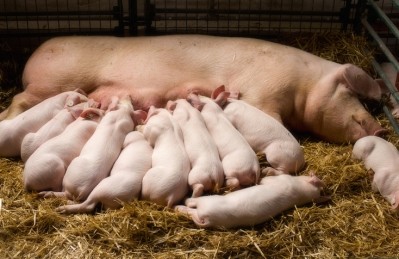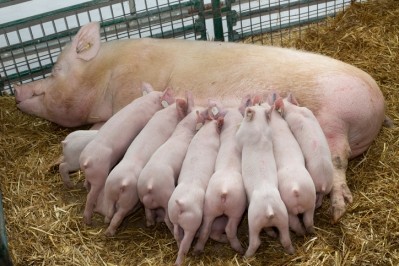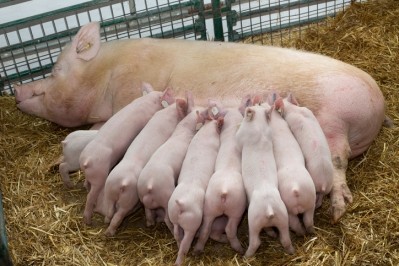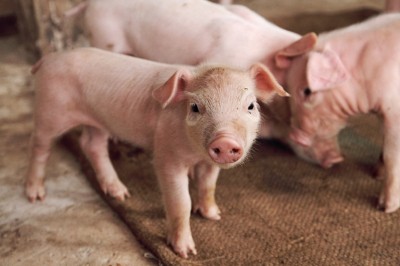Sow nutrition: We ‘probably don’t know enough’, says scientist
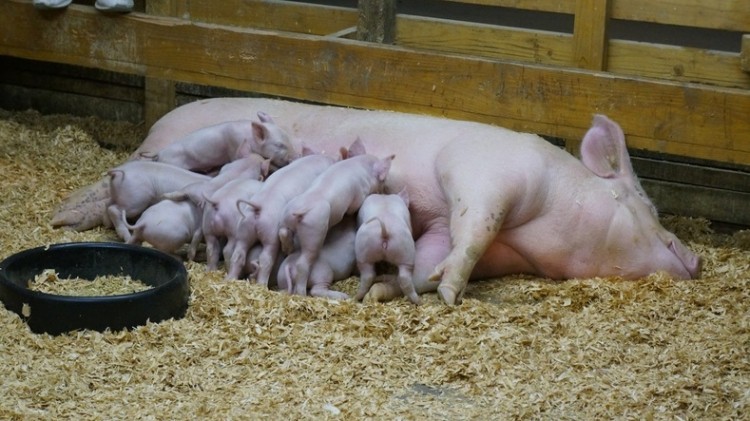
For decades, sows have been selectively bred to grow bigger with less body fat and produce more piglets – making fantastic gains for the sector.
However, Dr Kim Bunter, senior scientist for the Animal Genetics and Breeding Unit at University of New England, Australia, said nutritional needs for these ‘improved’ sows were not yet being fully met.
“I do wonder whether we adequately keep up with these gains nutritionally. Not at the gross metabolizable energy and protein level, but more from the perspective of meeting other requirements to maintain long-term health and productivity of sows,” she told FeedNavigator.
While there was plenty of understanding on the needs of growing pigs, she said the same could not be said for sows.
“I think we all agree that we probably do not know enough about diets for sows which maximize both their performance and longevity.”
Difficult to pinpoint...
Bunter said there were many health complications amongst mature sows, including decreasing hemoglobin levels and poor longevity, but working out how diet might influence these was exceptionally hard.
“…For some classes of animals, e.g. breeding sows, it is exceptionally hard to pinpoint the adequacy of specific diets or the impact of dietary strategies for longer-term performance, which is what we really want. In contrast, for most slaughter animals life is short and therefore structured trials regarding diets are relatively easier to deal with.”
With huge gains made in sow herd productivity since the 1960’s, she said focus now had to be on meeting their nutritional needs.
“A healthy sow not over full of piglets, can eat huge amounts of food. However, sometimes they cannot eat enough when it matters, for example in hot weather, while lactating, or late in gestation. In addition, they have to change from a restricted intake during gestation to quadruple their intake in lactation over the space of relatively few days and adapt to change in the environment – moving from pen to crate – and recover from farrowing rather a large number of piglets.
“…Beef cattle and sheep can spend more time grazing to increase their intake, and can eat bark or lick dirt when they want something more, but sows can’t do anything about dietary restrictions versus requirements, so it is even more important we get their diets right.”
Adapting to life stages and genetics
Professor Dorian Garrick, chief scientist of the Institute of Vet, Animal and Biomedical Sciences at Massey University, New Zealand, said diet adaptions had to consider life stages and genetic disposition.
For example, in sows bred for reduced fatness diet and feeding during lactation were more critical if reproductive performance was to be maintained, he said.
“These selection activities that influence body composition in the growth phase will also influence body composition in the adult stage. Therefore, combined with increased litter sizes, this results in sows being in negative energy balance in early lactation and they meet those requirements by losing condition. If they are lean, they will need to lose more condition than if they are fat.
“Since rebreeding occurs soon after farrowing, such weight loss at that time can challenge the sows ability to conceive and will therefore influence sow productivity and longevity as litters per year is an important economic attribute.”
Professor Patrick Morel, associate dean of research at the same institute and university as Garrick, said working with breeding sows was not easy; especially those selected for fast growth and leanness.
"[This selective breeding] has resulted in low feed intake during gestation and lactation. This, associated with the increase in litter size which has rapidly increased in the last decade after many years of stagnation, has resulted in sows running out of body fat after farrowing and being culled,” he said.
However, he said some attempts had already been made to address the different nutritional needs of sows across lifespan.
“In the latest Swine Nutrient requirement from the NRC [U.S. National Research Council] from 2012, a modeling approach is used to determine both the nutrient requirement of growing pigs and sows during lactation and gestation,” he said.
Mother lines had also been developed, he said, to improve the robustness of sows in an attempt to reduce early culling and high replacement rates.
More trials and data needed
However, Bunter said research and development efforts on genetics and nutrition still fell short, particularly when it came to trials and large-scale studies.
“Many nutritional studies that I see are way too limited. For example, treatment A versus B and ignore everything else. This seems too narrow and rather prehistoric to me – there are some really advanced statistical procedures which could be applied to large-scale, well-designed multifactorial studies.”
